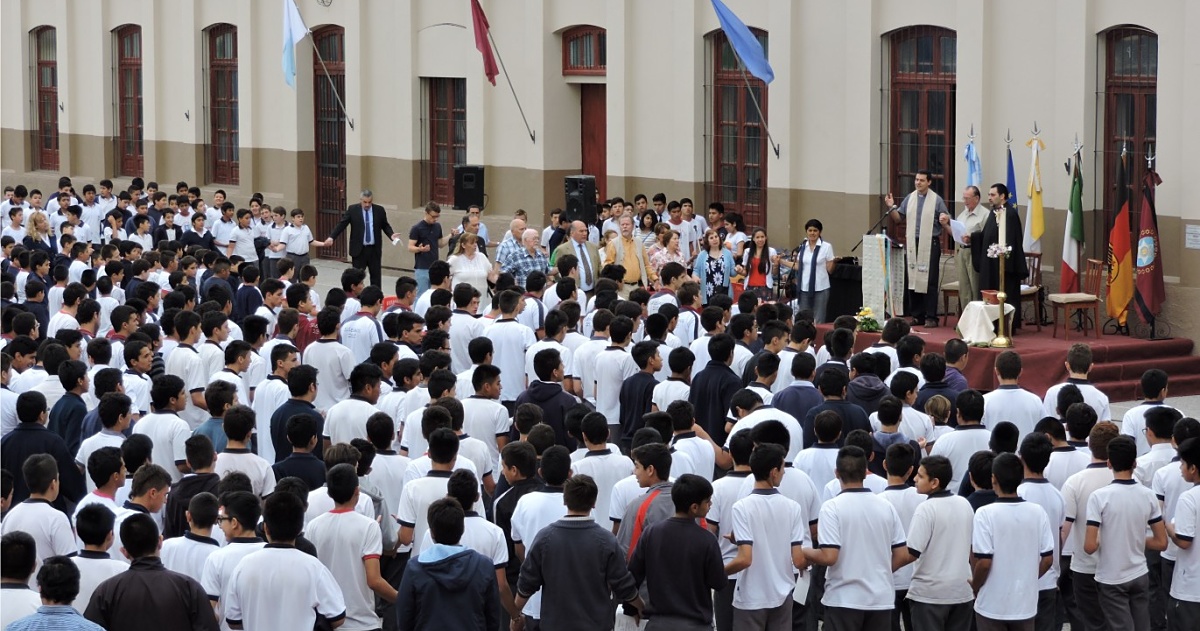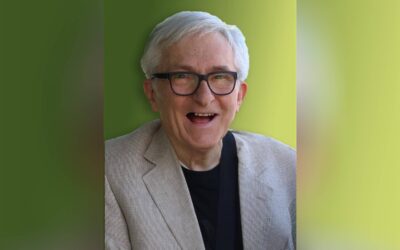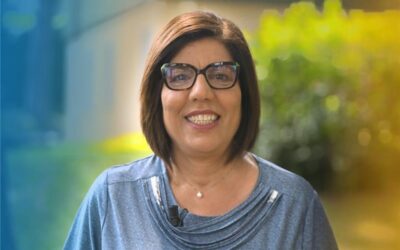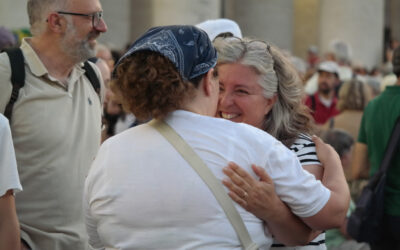 “I teach in a Catholic school in my city, Salta, in northern Argentina,” says Gabriela Carral. “In early October of 2015, I met Misael, a 10 year old student, following a prayer service held by Orthodox and Catholics for peace in Syria. At that particular time, the image of the lifeless body of the little Syrian boy, Aylan, had made the headlines globally through the mass media. Misael told me he wanted to do something for peace in our school, adding that what hurt him most of all was knowing that so many children were orphaned by the war. We arranged to meet at recreation time. He explained that he was part of the Orthodox community, and that he was convinced that we should pray for peace: Catholics and Orthodox together. A few days later, he showed me a flyer that he had in his folder. The text read: “Syria is us. Let us for peace.” I was surprised to see that a child, in the midst of almost 800 pupils in elementary and secondary schools, could be so sensitive to the pain of people suffering thousands of kilometers away. I liked his idea and I encouraged him to share it with the school principal and staff. The outcome was a plan to organise an ecumenical prayer for peace. For the first time the word ecumenism resounded in the halls of this school, among the leaders, teachers and students.
“I teach in a Catholic school in my city, Salta, in northern Argentina,” says Gabriela Carral. “In early October of 2015, I met Misael, a 10 year old student, following a prayer service held by Orthodox and Catholics for peace in Syria. At that particular time, the image of the lifeless body of the little Syrian boy, Aylan, had made the headlines globally through the mass media. Misael told me he wanted to do something for peace in our school, adding that what hurt him most of all was knowing that so many children were orphaned by the war. We arranged to meet at recreation time. He explained that he was part of the Orthodox community, and that he was convinced that we should pray for peace: Catholics and Orthodox together. A few days later, he showed me a flyer that he had in his folder. The text read: “Syria is us. Let us for peace.” I was surprised to see that a child, in the midst of almost 800 pupils in elementary and secondary schools, could be so sensitive to the pain of people suffering thousands of kilometers away. I liked his idea and I encouraged him to share it with the school principal and staff. The outcome was a plan to organise an ecumenical prayer for peace. For the first time the word ecumenism resounded in the halls of this school, among the leaders, teachers and students.  In order to put this plan into action, I contacted a religious order priest who shares my goal in trying to live the prayer of Jesus: “That all may be one”. Fr Adolfo, from the Orthodox Church of Antioch, also got involved, and together we organized every detail of the celebration. Subsequently the Lutheran Church asked to join us since our school community includes a young Lutheran volunteer from Germany. Others then showed interest in the event, such as the president of the local Syrian-Lebanese community, the German consul and the vice-consul of Italy, a representative from the Ministry of Education, newspaper journalists and the heads of other schools. The first step of Misael’s project was that of trying to build peace in our everyday relationships, and this gave rise to many new experiences lived among the children to which we also proposed the Time Out prayer for peace promoted by Youth for a United World. Through the homilies given by the celebrants, we shared in the life of Christians in Syria and Africa; the intentions for peace were read out by a young Orthodox girl while a woman recited the Lord’s Prayer in Arabic. The flags of the different countries which were hoisted up warmed our hearts and made us feel like members of the one human family. In short, it was a celebration that enabled each of one us to experience something that we had not experienced so strongly beforehand: profound friendships and unimaginable bonds. The school principle and staff of the school called it a historic day. “We thank God for our freedom,” concluded the young people present, “and we promise not to ever take sides but to stand on the side of peace.” Gustavo Clariá
In order to put this plan into action, I contacted a religious order priest who shares my goal in trying to live the prayer of Jesus: “That all may be one”. Fr Adolfo, from the Orthodox Church of Antioch, also got involved, and together we organized every detail of the celebration. Subsequently the Lutheran Church asked to join us since our school community includes a young Lutheran volunteer from Germany. Others then showed interest in the event, such as the president of the local Syrian-Lebanese community, the German consul and the vice-consul of Italy, a representative from the Ministry of Education, newspaper journalists and the heads of other schools. The first step of Misael’s project was that of trying to build peace in our everyday relationships, and this gave rise to many new experiences lived among the children to which we also proposed the Time Out prayer for peace promoted by Youth for a United World. Through the homilies given by the celebrants, we shared in the life of Christians in Syria and Africa; the intentions for peace were read out by a young Orthodox girl while a woman recited the Lord’s Prayer in Arabic. The flags of the different countries which were hoisted up warmed our hearts and made us feel like members of the one human family. In short, it was a celebration that enabled each of one us to experience something that we had not experienced so strongly beforehand: profound friendships and unimaginable bonds. The school principle and staff of the school called it a historic day. “We thank God for our freedom,” concluded the young people present, “and we promise not to ever take sides but to stand on the side of peace.” Gustavo Clariá
Give time for your neighbour
Give time for your neighbour




0 Comments